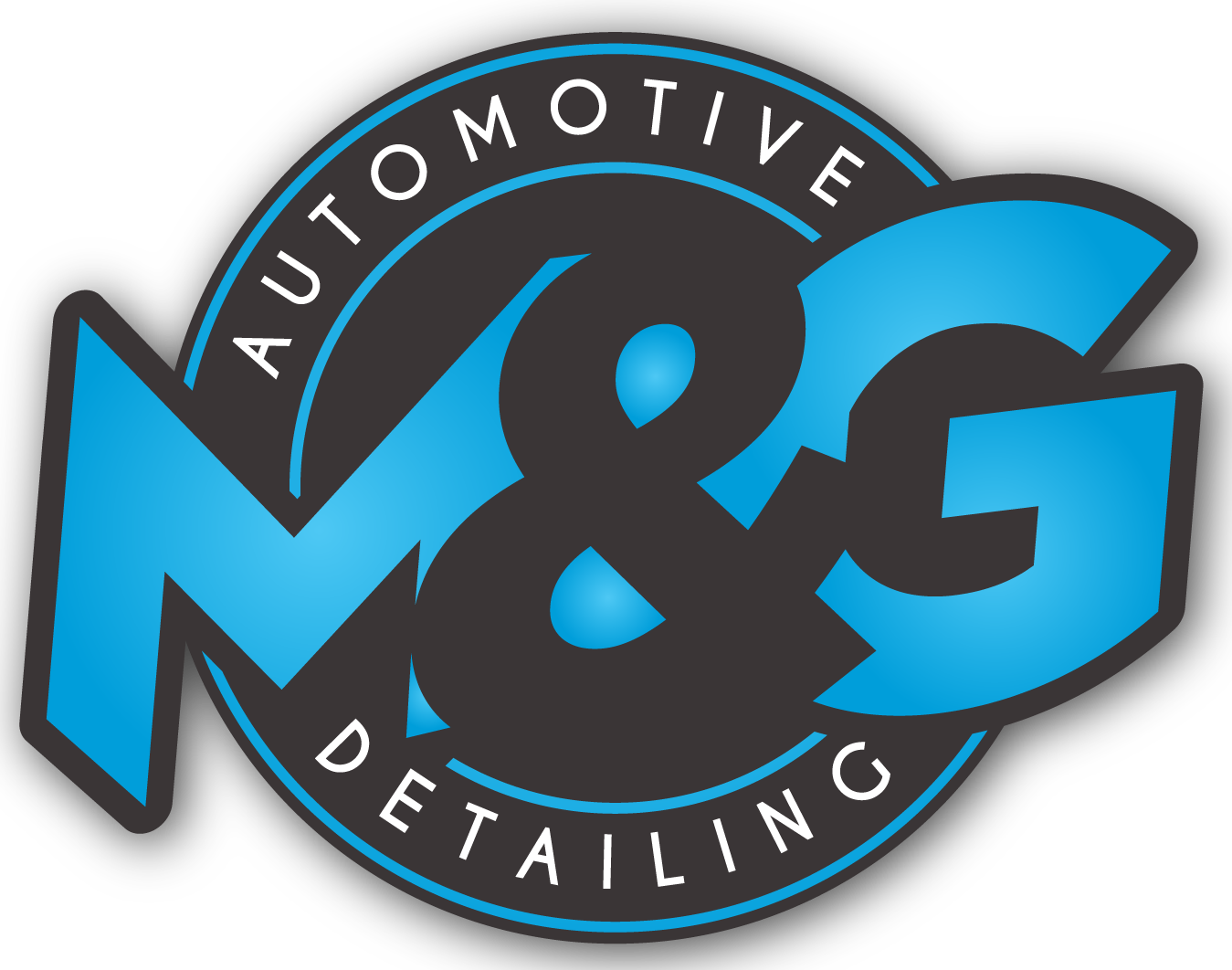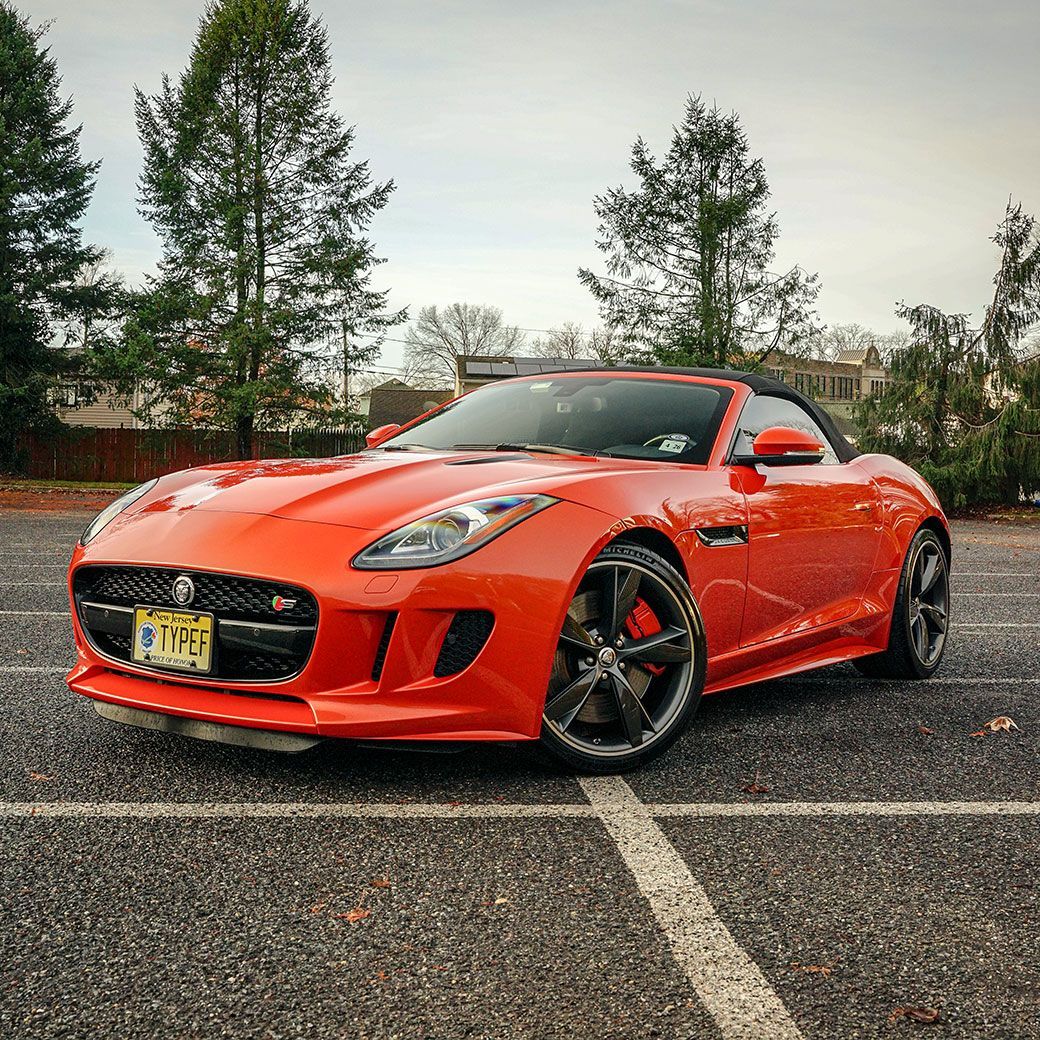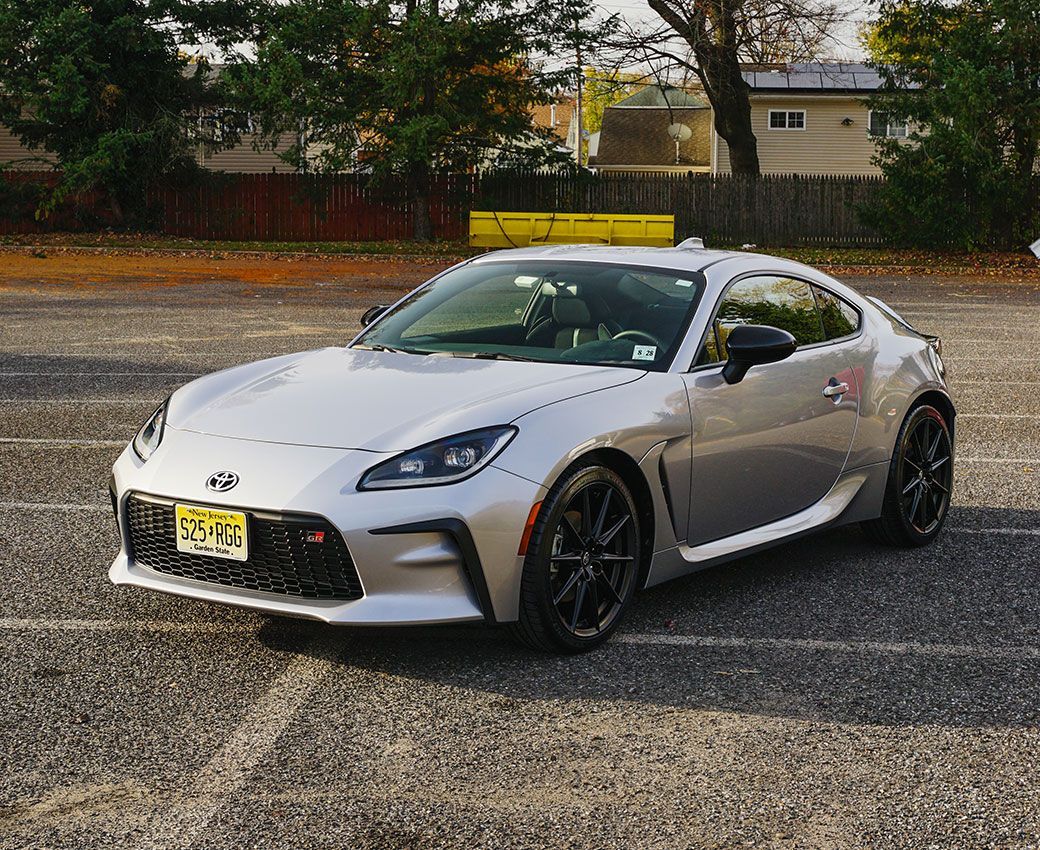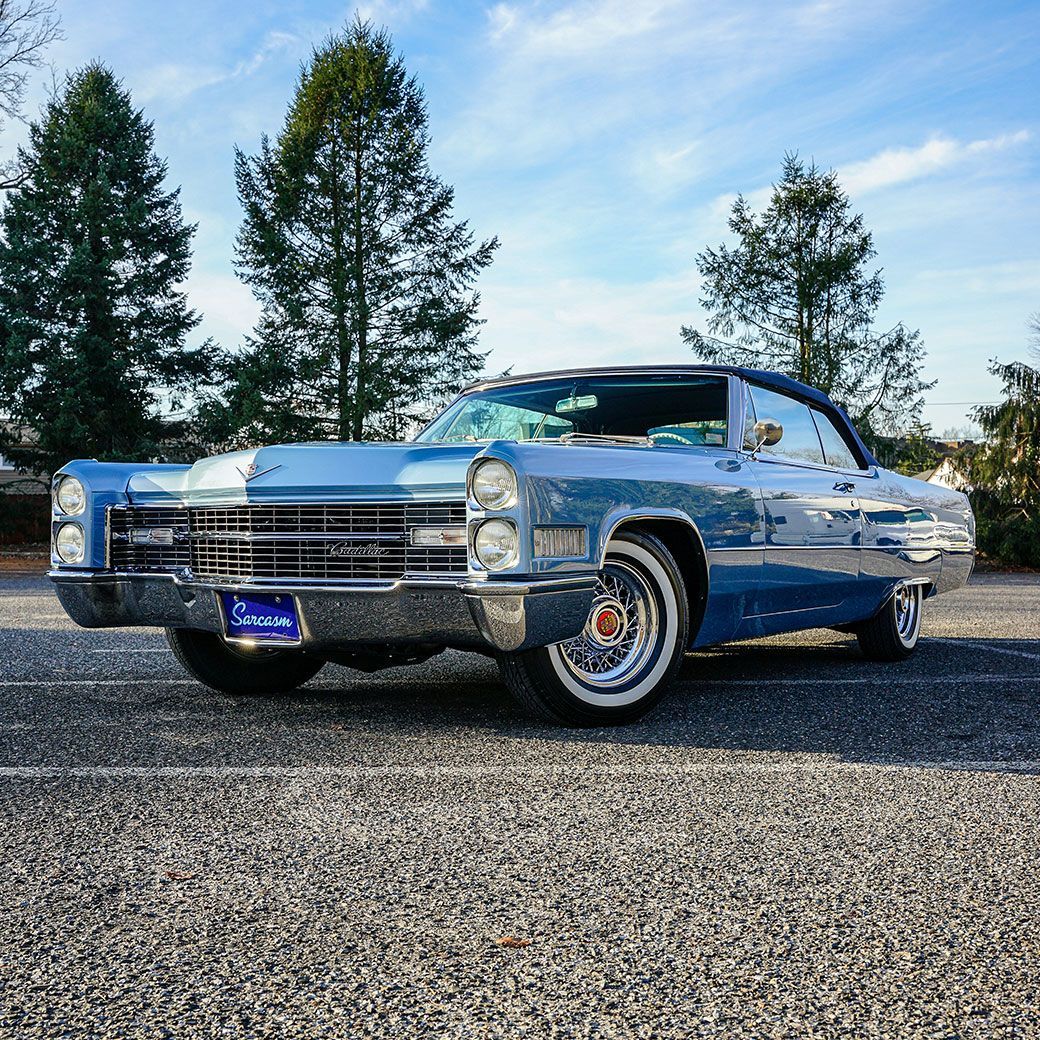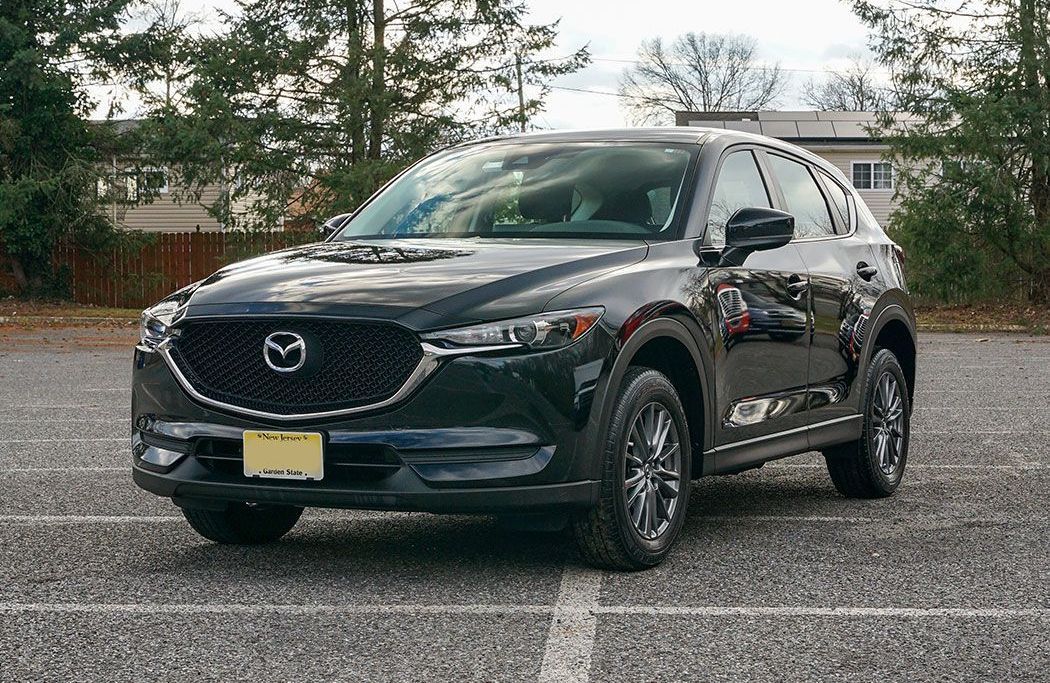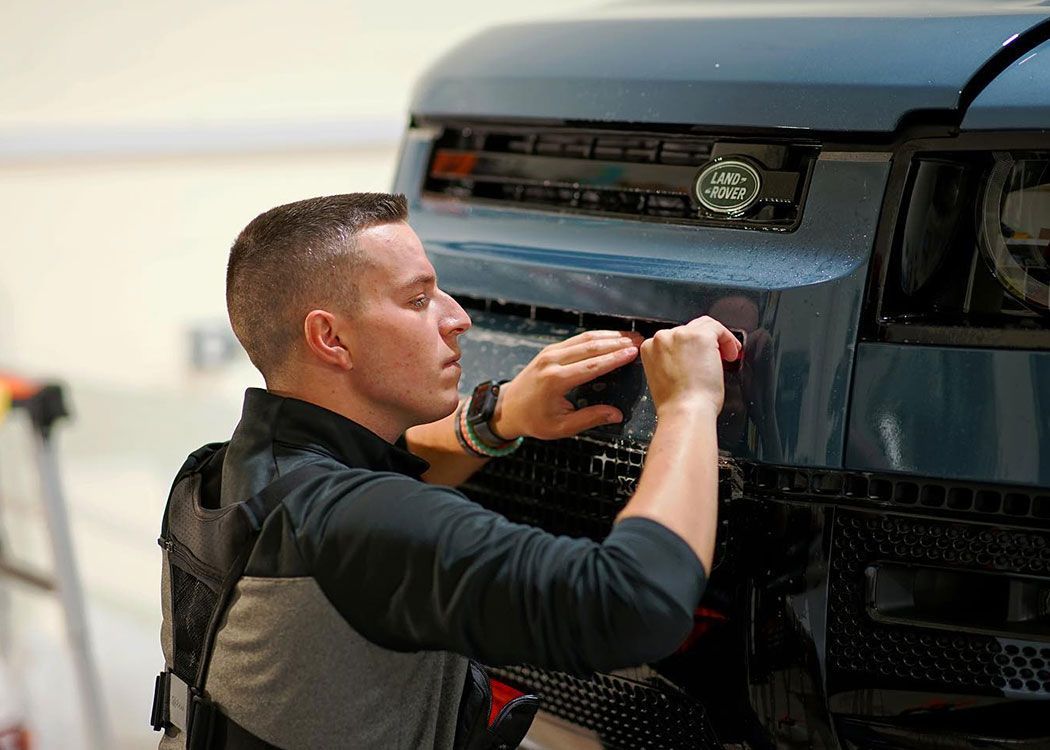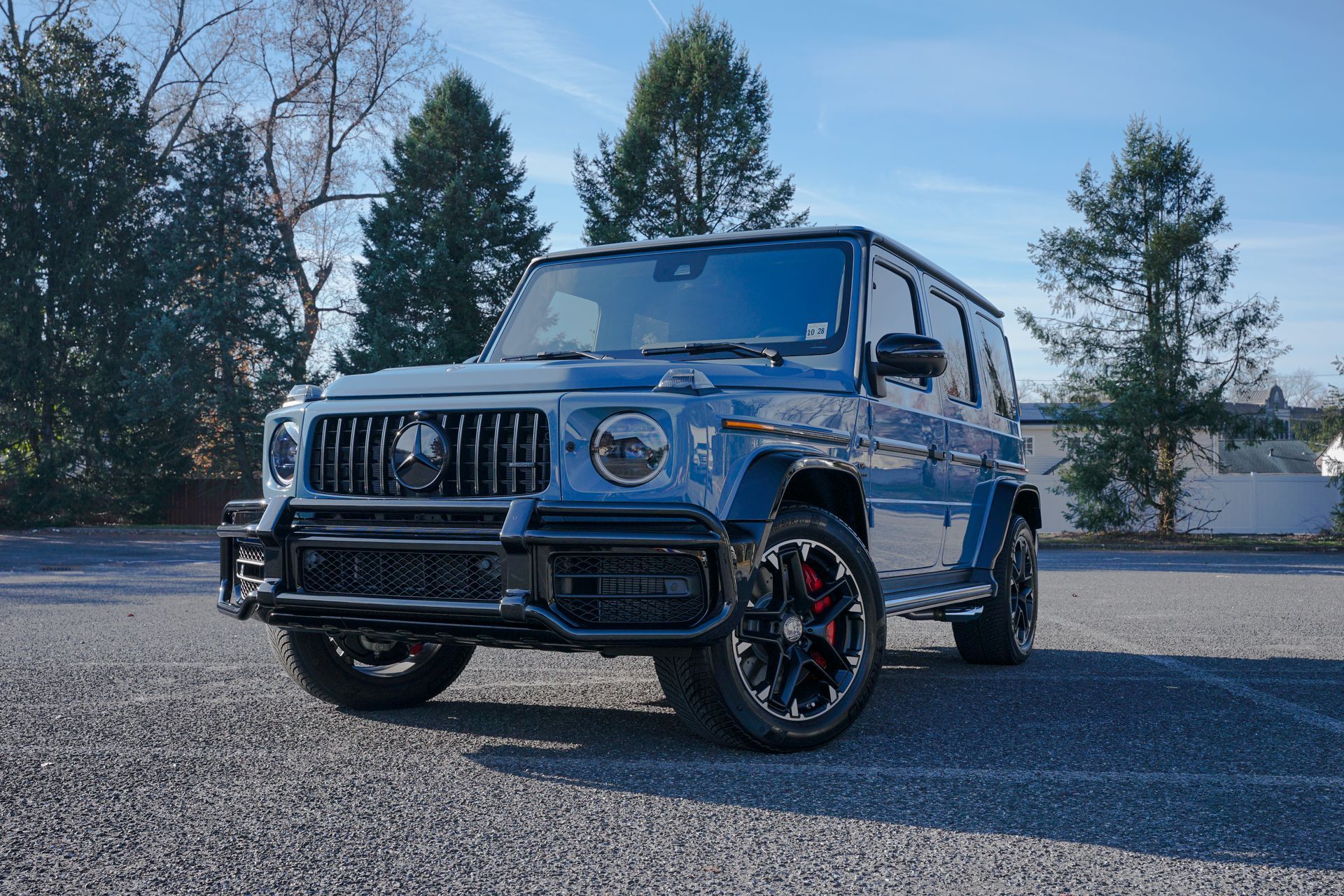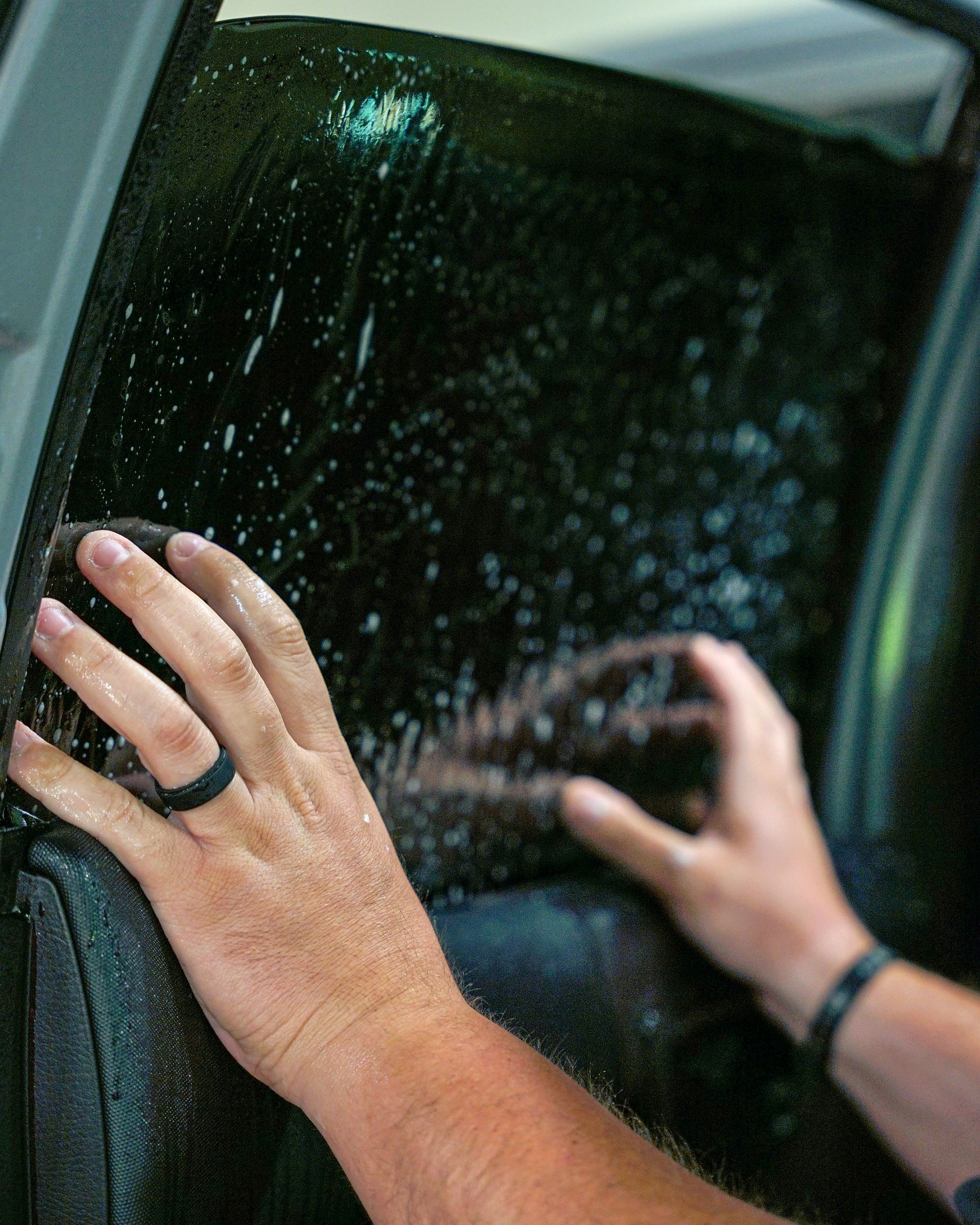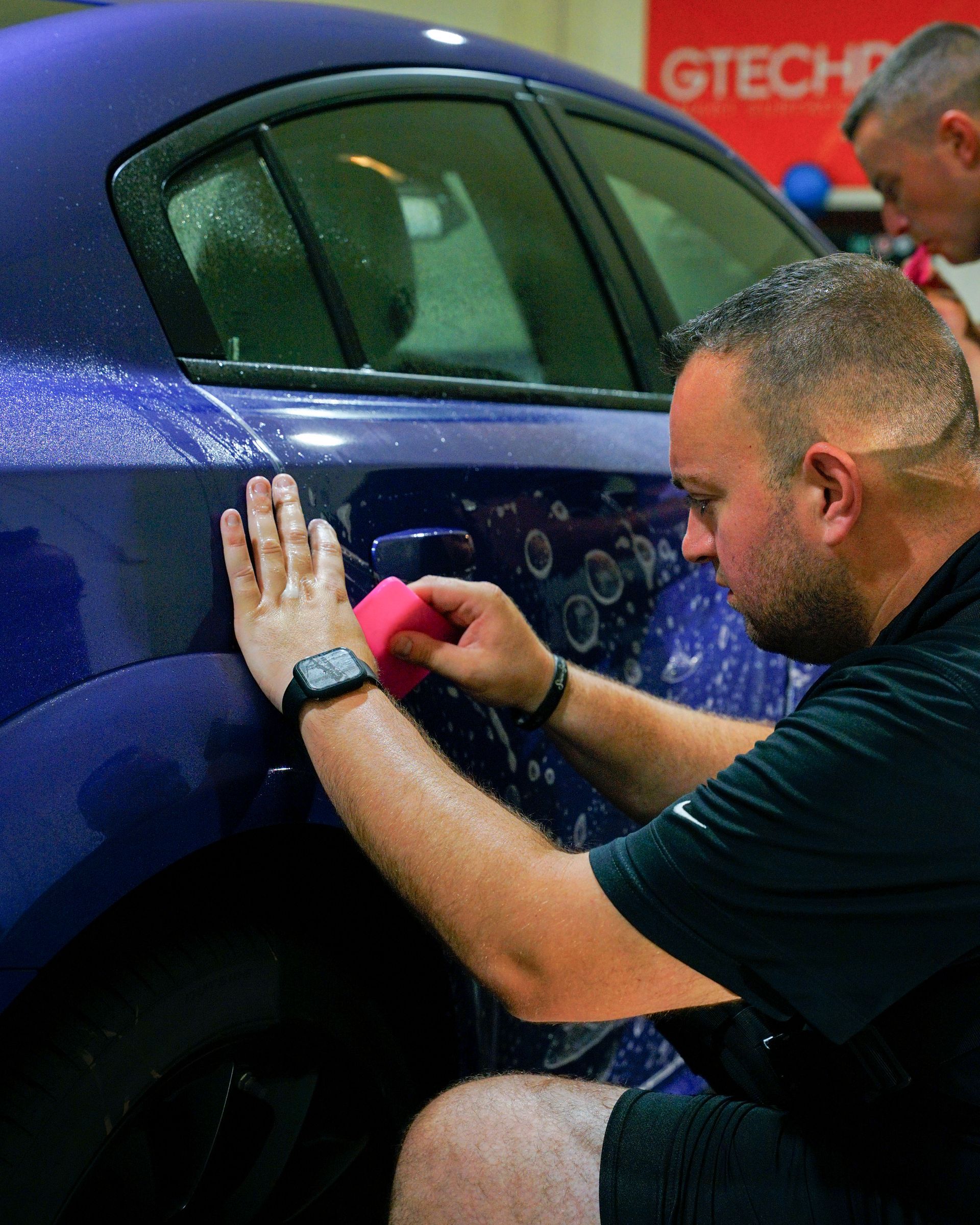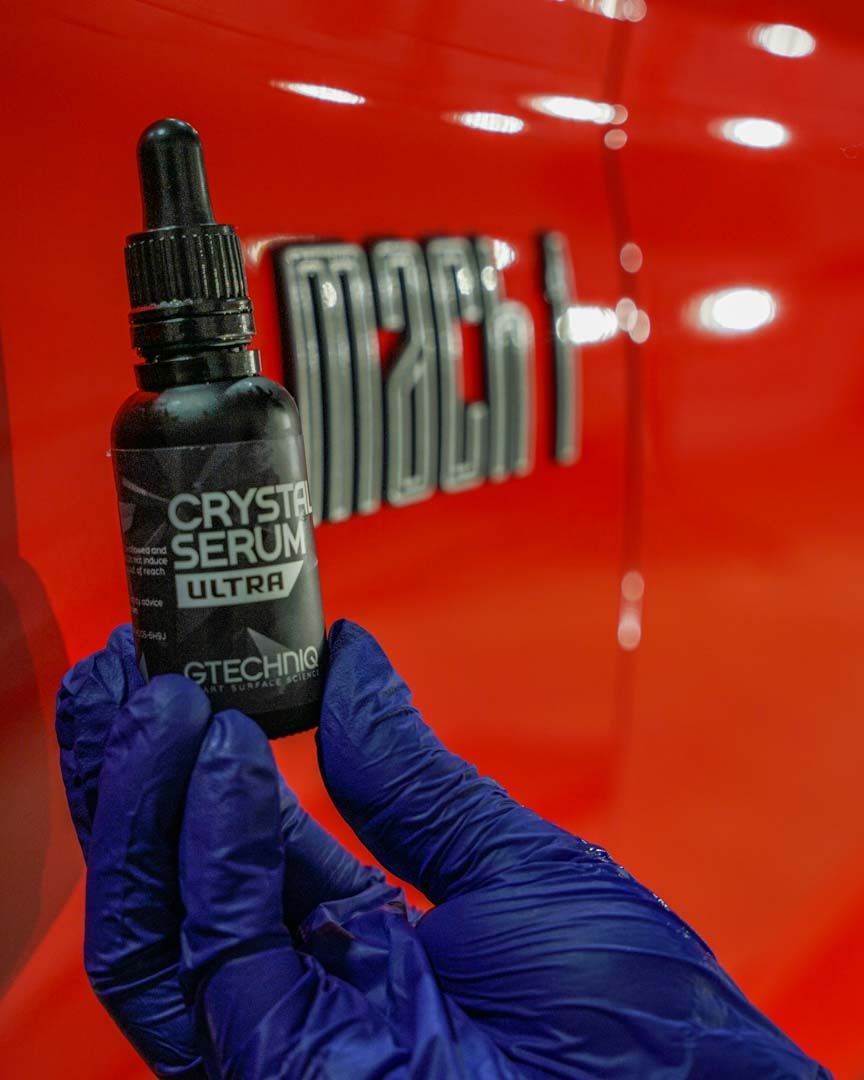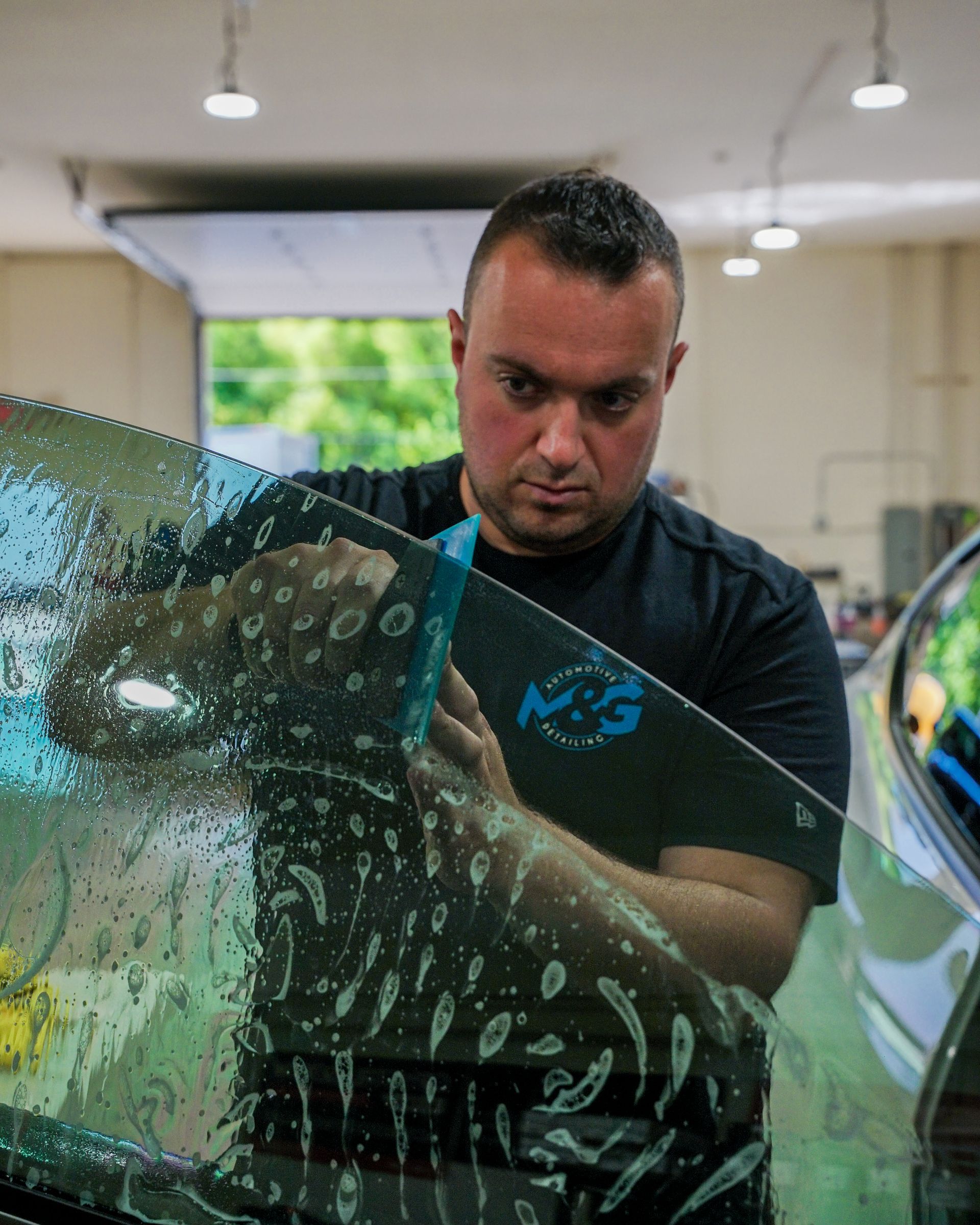How Ceramic Coating Enhances Gloss and Protects Your Vehicle's Paint
Ceramic coating puts a new shine on your car, sparking like a mirror under sunlight. It's all because of nanotechnology, which forms a tight relationship with the surface, creating a smooth, glass-like finish. But there's more: it not only improves the look but also fends off dirt and water—partners in crime—making your vehicle dull.
Ceramic coatings enhance the gloss of a vehicle by forming a durable, transparent layer that provides a deep, reflective shine. This layer helps to repel water, grime, and impurities, maintaining the car's luster for an extended period.
How Does Ceramic Coating Enhance Gloss?
Picture the dazzling allure of a freshly waxed car. Imagine that luster magnified several times over. This is the magic of ceramic coatings at play. Unlike traditional waxes or sealants, ceramic coatings are crafted using advanced nanotechnology that creates a resilient, glass-like barrier on your vehicle's exterior. This nano-sized molecular structure bonds directly with the paintwork, resulting in an impeccably smooth surface and an unparalleled sheen. It's as if your car has been encased in a layer of liquid glass, reflecting light in the most captivating manner possible.
Ceramic coatings are formulated with silica-based materials that impart an unrivaled gloss to the treated surface. These coatings introduce a degree of refractive index, altering the way light interacts with the vehicle's paint. This change allows for an intensified reflection of light particles, magnifying the inherent gloss of the paint beneath. In simpler terms, the microscopic nature of the coating's formulation manipulates light, adding depth and dimension to your car's finish that simply isn't achievable with traditional waxes or sealants. So when you see a car sporting a ceramic coating glistening under the sunlight, you're not just admiring its beauty; you're witnessing the transformative power of scientific precision at work.
What Surfaces Does Ceramic Coating Work On?
Ceramic coatings are like multitasking superheroes for your vehicle's surfaces. These liquid polymers don't just work on the paint; they're effective on a wide range of surfaces, making them an incredibly versatile protective tool. When it comes to vehicle paint, ceramic coatings are most commonly applied to the clear coat. This is the transparent layer over your car's base paint and is what gives your vehicle that shiny, glossy appearance. By enhancing the clear coat's durability and resilience against environmental factors such as UV damage, chemical etching, and oxidation, ceramic coatings offer a shield of protection that keeps your vehicle looking its best for longer. Moreover, ceramic coatings also work wonders on single-stage paint finishes. Single-stage paint doesn't have a separate base coat or clear coat; it's one coat of paint that's sprayed on and then cleared by hand or baked in an oven. For these types of paint finishes, ceramic coatings provide an extra layer of defense against the elements, preserving the color vibrancy and depth while offering long-lasting protection.
But that's not all! Ceramic coatings can also be applied to vinyl wraps. Whether you've wrapped your vehicle for aesthetic reasons or to protect the original paint, a ceramic coating further fortifies the wrap against wear and tear from daily exposure, ensuring it remains in top condition for an extended period. Wheels take a lot of beating from road debris, brake dust, and grime. Ceramic coatings aren't just limited to protecting your vehicle's body; they can also safeguard the wheels from corrosion, pitting, and brake dust buildup. By creating a water- and dirt-repellent surface on the wheels, cleaning becomes easier and maintenance less time-consuming. Whether it's the clear coat, single-stage paint, vinyl wraps, or even wheels, ceramic coatings play a vital role in providing substantial protection and preservation benefits across various surfaces. Their ability to repel dirt, resist damage from UV rays and chemicals, and enhance overall longevity makes them an essential addition to any vehicle maintenance routine.
Benefits of Ceramic Coating: Protection and Shine
Ceramic coatings are like invisible armor for your car. It's not magic, but it sure feels like it when you see the results. The first thing you'll notice is how your car keeps that "just waxed" look for so much longer. Remember how your car's glossy surface would quickly dull as dirt clung to it? Well, not anymore! With ceramic coating, even when your car is dirty, it manages to maintain a reflective gloss that makes it look freshly detailed. This deep, reflective gloss is something you have to see to believe. No more worrying about your car collecting dust and looking neglected. It maintains its gleaming appearance, giving it an alluring shine that turns heads as you drive by. This can really boost your confidence and make every journey feel special.
But beyond the stunning shine, you're also getting some serious protection for your car's paint. The
ceramic coating acts as a protective layer that shields the paint from fading, oxidation, and damage caused by environmental contaminants like bird droppings and insect residues. Let's be honest, we've all seen what bird droppings can do to a car's paint. They seem harmless, but they're actually acidic and can eat away at the protective layers on your car's surface. Plus, insect residues can also cause damage if left unattended for too long. The ceramic coating forms a sacrificial layer—it takes the hit instead of your paint. It's like having a shield that stands between your paint and potential damage. Your car will be better equipped to handle the harsh realities of driving in urban areas without fear of lasting damage. By protecting against these harmful elements, the ceramic coating extends the life of your vehicle’s paint and preserves its beautiful finish for much longer than traditional waxing or sealants ever could.
Potential Drawbacks of Ceramic Coating
One significant consideration when it comes to ceramic coating is the cost involved. Professional-grade ceramic coatings require careful preparation and application, which can add to the overall price. Additionally, if you're thinking about hiring a professional to apply the coating, this cost might rise even further. It's essential to factor in these expenses when weighing the value of ceramic coating for your specific needs. Moreover, applying ceramic coating isn't as straightforward as waxing or sealing your vehicle. The process requires meticulous precision and technique to ensure that the coating is applied correctly and provides optimal protection. Without the necessary expertise, there is a risk of improper application, which may lead to subpar results. This intricacy can make it challenging for individuals to achieve the desired outcome without professional assistance.
Engaging a professional ceramic coating service becomes particularly crucial due to the specialized knowledge and experience they bring to the process. Professionals are trained to assess the specific requirements of your vehicle, taking into account its make, model, and the environmental conditions it's exposed to. Their expertise allows them to select the most suitable ceramic coating product and apply it with precision. Professional installers have access to high-quality materials and tools, ensuring a more consistent and durable result compared to DIY attempts. Additionally, their familiarity with potential challenges during application, such as humidity or temperature variations, enables them to adapt and overcome these obstacles effectively. Ultimately, opting for a professional ceramic coating service not only enhances the chances of a successful application but also provides a level of assurance and confidence in the long-term protection of your vehicle's exterior. Though the initial cost of a professional ceramic coating is higher compared to DIY alternatives, the long-term benefits often outweigh the upfront expenses. Professional-grade ceramic coatings not only offer superior durability but also provide a level of protection that extends beyond what typical consumer-grade products can achieve.
Maintenance Tips for Ceramic Coating
Ceramic coatings provide exceptional protection and gloss enhancement for your vehicle's paint, but proper maintenance is key to maximizing their benefits. The good news is that maintaining a ceramic coating is not significantly different from regular car care routines if done correctly.
Gentle Washing: When it comes to washing a vehicle with a ceramic coating, it's important to use pH-neutral soaps and soft mitts. Harsh chemicals can degrade the coating, so it's best to avoid them. These gentle products and tools will help preserve the integrity and performance of the ceramic coating, ensuring that it continues to provide optimal protection against environmental hazards. Using pH-neutral soaps and mitts ensures that the ceramic coating remains undamaged, allowing it to continue providing superior protection and shine for an extended period of time. By sticking to this principle of gentle cleaning, you uphold the longevity of the coating’s effectiveness.
Regular Inspection: Frequently inspecting the ceramic coating is crucial for identifying any changes in its properties. One way to do this is by observing the water beading and sheeting on your vehicle's surface. If you notice a decrease in these properties, such as diminished water beading or sheeting, it may be time for a booster application to revitalize the coating's hydrophobic properties. Developing a routine inspection schedule, perhaps monthly or bimonthly, allows you to proactively address any concerns regarding the ceramic coating's hydrophobic properties. This strategy extends the coating's protection, ensuring that your vehicle maintains its glossy appearance and effectively repels environmental contaminants.
By adhering to these maintenance tips for your ceramic coating, you can ensure that your vehicle's paint stays protected and retains its captivating gloss over an extended period of time. Safeguarding your vehicle with diligent care and attention not only maintains its aesthetic appeal but also upholds its value in the long run. It's the small efforts that yield significant results in preserving the allure of your cherished automobile.
Top Ceramic Coating Service in Voorhees, NJ
Elevate your car's protection and aesthetics with M&G Automotive Detailing, recognized as the
top ceramic coating service in Voorhees, NJ. Our dedicated team at M&G Automotive Detailing is committed to delivering excellence in every detail, utilizing cutting-edge ceramic coating technology to provide unmatched durability and resilience. Trust us to enhance your vehicle's shine while creating a formidable shield against environmental hazards, UV rays, and daily wear. As the go-to experts in Voorhees, we take pride in our meticulous craftsmanship and customer satisfaction. Choose the top-tier ceramic coating service with M&G Automotive Detailing and give your car the superior care it deserves. Schedule your appointment today or call our experts at
(609) 923-3123 and experience the transformative impact of our expertise on your vehicle's longevity and aesthetic appeal.
